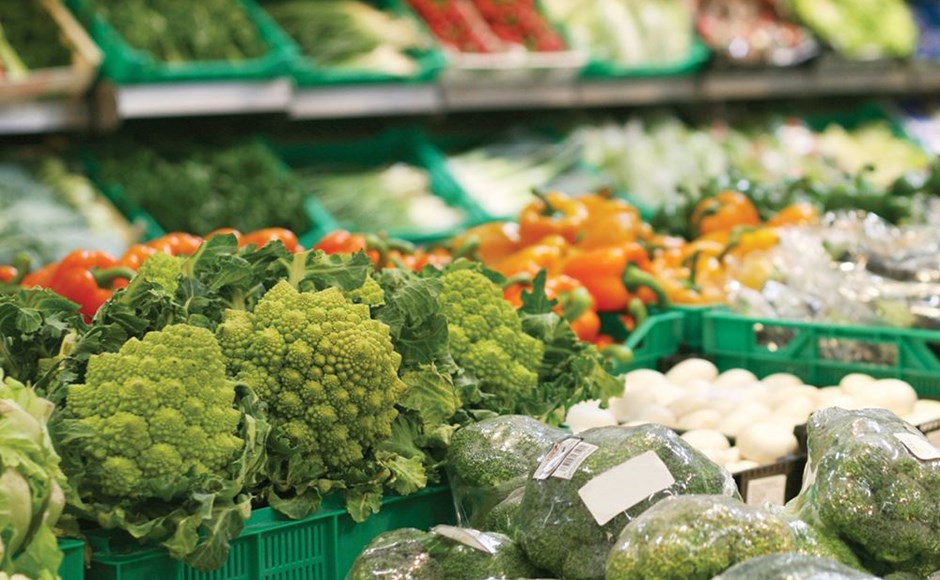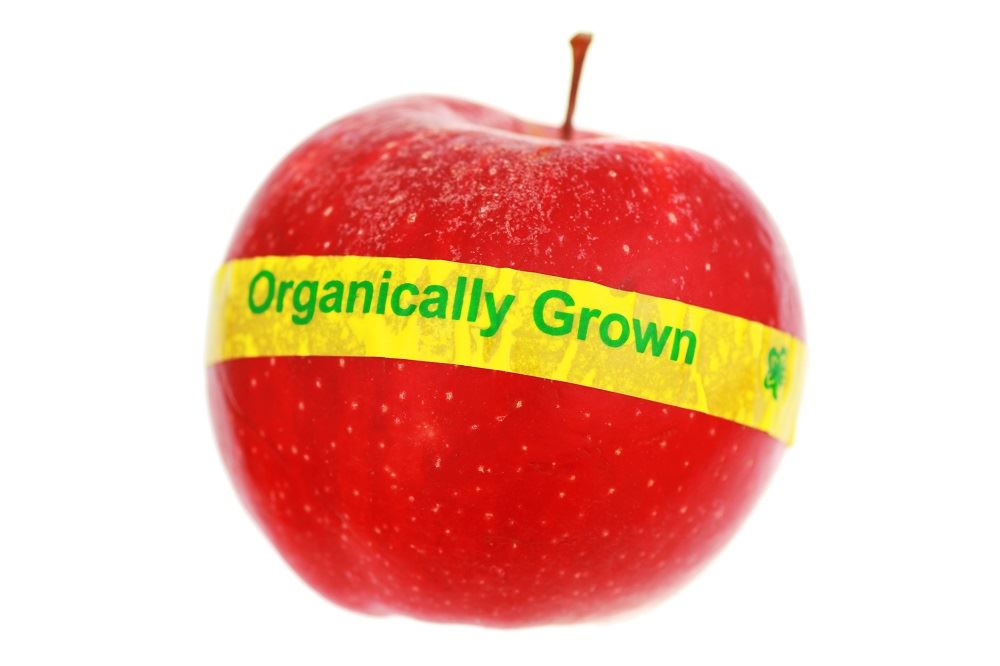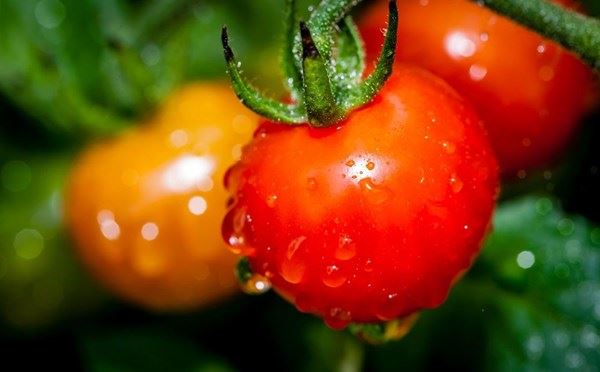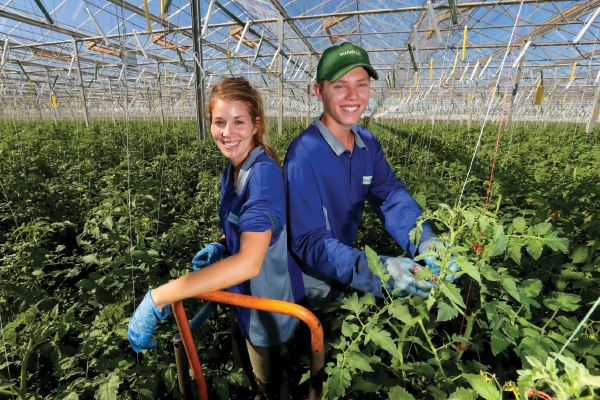Can Hydroponics Provide a Healthier Global Food Supply?
By Isaac Cedillo | 11 August 2017

Takeaway: Because of how the global food supply works, fruits and vegetables found in the grocery store are not as nutritious as they used to be. While not the silver bullet to solve the entire problem, hydroponics can play a role by providing healthier food, conserving resources, and reducing emissions.
According to the G7 Summit, the world’s population will exceed nine billion people by 2050, with most of the growth coming from developing countries such as China and India, as well as the continent of Africa. To keep up with this anticipated demand in food, production will have to increase by 70 percent.
Dwindling resources will require innovation within the agricultural industry if this demand is to be met. Traditional farming practices use large amounts of resources, such as land and water, and leave a substantial environmental impact.
It is estimated that 550 billion liters of water wasted annually on crop production, and areas once rich in resources now have limited supplies.
So, what can be done to ensure future generations are left with the resources they need to grow enough food?
How Far Does Food Travel?
The journey many of our favorite food staples such as tomatoes, lettuce, peppers, leafy greens, and herbs take to reach our local supermarkets can be a long and sometimes strange one. Often, hundreds of miles are traveled to get from farm to table.
A study conducted by the Leopold Center for Sustainable Agriculture in Iowa compared the distance traveled between produce sold through Chicago’s Terminal Market, where bulk quantities of products are sold by brokers, and a local farmers’ market (Ferry Plaza Farmers’ Market in San Francisco, CA). The study’s findings might be a surprise to many consumers:
Terminal Market vs. Ferry Plaza Farmers Market
- Apples: 1,555 miles vs. 105 miles
- Tomatoes: 1,369 miles vs. 117 miles
- Grapes: 2,143 miles vs. 151 miles
- Beans: 766 miles vs. 101 miles
- Peaches: 1,674 miles vs. 184 miles
- Winter Squash: 781 miles vs. 98 miles
- Greens: 889 miles vs. 99 miles
- Lettuce: 2,055 miles vs. 102 miles
It is estimated the average American meal travels 1,500 miles to its end destination. While this long distance may be a necessity for some crops, there are many instances where locally grown produce is available but still imported due to price, quality, and availability.
Apples grown in New Zealand may be imported and sold in San Francisco, which is right next to Sebastopol, a city known for apple production. Sugarcane grown in Hawaii is processed in California, packaged in New York, and then shipped back to Hawaii, where it’s sold to consumers.
These long distances traveled by food consumes large quantities of fossil fuels and emit great amounts of carbon dioxide. Our food transportation system currently consumes 20 pounds of fossil fuel for every two pounds of energy we received as food. Globally, shipping food accounts for 30 percent of all carbon dioxide emissions.

To prepare for the long journey from farm to table, produce is often picked unripe, as ripening produce will rot during transport. Farmers prevent this by picking tomatoes green off the vine and utilizing GMO seeds that do not contain the naturally occurring ripening chemical ethylene. By not allowing produce to ripen fully on the vine, much of the nutritional value and flavor is lost.
This is the reason why supermarket tomatoes taste dull in comparison to those bought locally at farmers’ markets. Once unripe tomatoes reach storage, they are sprayed with artificial ethylene to trigger the ripening process, and it is here that they will sit for two to three weeks in cold storage before being shipped to supermarkets hundreds of miles away.
Sanitizers and fungicides are also applied liberally during storage, again to prevent rotting. Taste, texture and nutritional value begin to deteriorate. It is said that canned and frozen produce have more nutritional value than fresh supermarket produce, as they are allowed to naturally ripen before being processed.

Is Controlled Environment Agriculture the Answer to a Global Food Crisis?
Many within the agriculture community say they believe that hydroponics is the key to providing communities with locally sourced, fresh, and nutritious produce year-round. Although not a new concept, big agriculture has been reluctant to adopt hydroponics as a viable production alternative. But continual advancements in technology have brought hydroponics back into the discussion as a solution for the issues currently facing big agriculture.
Controlled environment agriculture (CEA) can be a viable alternative that can change the way we currently source our produce. Regions such as inner cities that cannot support traditional forms of agriculture can utilize CEA technology to provide their local communities with fresh produce that would normally have to be shipped long distances.
CEA farms can be located virtually anywhere and offer many advantages over traditional agriculture. Plants grow more densely—on average, 500 square feet of hydroponic growing space can produce 850 heads of lettuce, compared to 500 heads for soil farms of the same size. The quality and consistency that CEA produces eliminate much of the waste also associated with traditional agriculture, by producing desirable or shelf-ready produce regularly.
"Expert knowledge of hydroponic farming is a necessity, and finding individuals with the required experience can be a challenge for many operations."
Being able to grow throughout the year and having an extended growing season prevents shortages, provides predictable supply and prevents price fluctuations. Less water is also utilized, anywhere between 60-90 percent on average, depending on growing method.
Advancements in greenhouse technology are allowing hydroponic growers to utilize hybrid systems that take advantage of natural sunlight and renewable energy.
Although utilizing hydroponics may seem like a no-brainer, there are still obstacles this form of agriculture must overcome if it is to become a viable alternative to traditional farming methods. Financial limitations can be a deterrent as significant investment in pumps, lights, filters, fans, electricity, and nutrients must be made in addition to the common equipment required of traditional farming.
Expert knowledge of hydroponic farming (chemistry, botany, plumbing, and farming) is a necessity and finding individuals with the required experience can be a challenge for many operations. CEA-grown produce can also be more expensive, as the cost of running lights and other equipment must be considered in the final production costs.
But all is not lost. There are many pioneers throughout the world that are blazing the trail and pushing the limits on how we source our food.
Hydroponics in Action
Located in New York City, Bowery Farms has become a poster child for locally sourced, sustainable agriculture operating in an urban environment. Its use of CEA allows the farm to grow high-quality produce without the use of GMO seeds, chemicals, and pesticides, while also using up to 95 percent less water than comparable forms of traditional agriculture.
For Bowery Farms, vertically integrated hydroponics is the name of the game and allows staff to utilize automation technology to ensure quality and the consistent product is shipped out daily. Full spectrum LED lighting lines the facility, while monitors ensure lighting, nutrient strength, temperature, and humidity are under ideal conditions.
Data is collected daily and sent to operators for any needed adjustments. Bowery Farms currently provides fresh produce for grocery chains Whole Foods Market and Foragers, while also supplying several local restaurants.
Its production line up currently includes baby kale, red and green lettuces, butterhead lettuce, arugula, kale mixes, and basil. Each crop is tended to by hand and only harvested at peak conditions, ensuring the best flavour and nutritional value. All their products travel no more than 10 miles to their final destination.
Sundrop Farms, located in South Australia, has become a world leader in large-scale hydroponically grown agriculture. With the use of technology, it has taken a barren and harsh environment where traditional agriculture wasn’t possible and built a state-of-the-art facility that operates on sea water and renewable energy sources. Seawater is pumped from the Spencer Gulf into large tanks where thermal desalinization technology turns this unusable water into fresh water.
Four, 12-acre greenhouses receive their operational energy from 23,000 mirrors that reflect the sun’s energy onto a central point, efficiently harnessing the sun’s power. Growing methods consist of coco coir blocks fed off a recirculating drip system. Sundrop Farms only uses beneficial insects and other natural means of dealing with these pests, ensuring no residual residue is present after harvest.

Above: Sundrop Farms. Photo Submitted.
The company’s self-sufficient greenhouses are not affected by the changes in weather, drought, or energy that have impacted Australian agriculture in recent years, which allows it to operate on a single season production model. This results in products with consistent quality and stable pricing arriving on Australia’s grocery shelves year-round.
Currently, Sundrop has an exclusive 10-year contract with Coles Supermarkets, producing two truckloads of tomatoes each day and providing Australia with 15 percent of its tomato supply.
Although there is much to be done and accomplished if hydroponically grown produce is to become a regular option on supermarket shelves, the future is bright and opportunity abounds for those willing to take the risk and become leaders in what has been a stagnate industry for years.
With any luck, the food we love and cherish won’t have to travel so far to our homes in the future.



